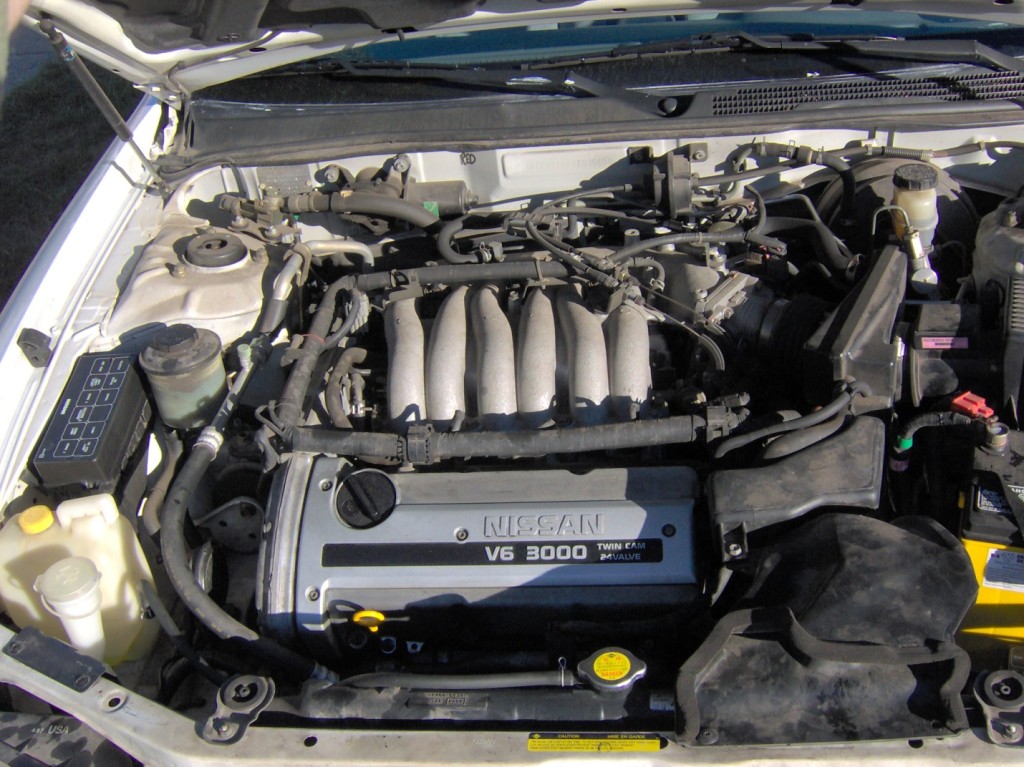
Collision repair has always been a bit of a challenge: taking a beat up car and hammering out the dents, buffing out the scratches and crunches and making it new and shiny again. However, considering the recent developments in more advanced materials being used for the bodies of vehicles, with less reliance on traditional metals, collision repair has gotten even more interesting over the last few years. Auto careers have been evolving rapidly to keep up with the new technologies in body design, especially when it comes to collision repair specialists.
Carbon Fibre
Carbon fibre has become increasingly popular with automakers as a choice for a body material. It’s extremely durable, lightweight and is also more aerodynamic, meaning it contributes to an overall faster top speed. While it was previously used mostly in high priced concept cars and futuristic prototypes, it’s been making its way into all manner of production vehicles. That being said, the one who will deal with carbon fibre bodies the most will be the auto mechanic who works on high end sports cars.
Check out this great behind the scenes video of automaker Koenigsegg and their carbon fibre body construction:
Repairing Carbon Fibre
While carbon fibre is extremely durable, the ability to repair it is still evolving. Carbon fibre repair involves the use of what are called secondary bonds, meaning bonds that are applied in addition to the original ones, to fix and maintain the structure of the body. Application of the secondary bonds must be done extremely carefully and with great attention to detail.
Unfortunately, the repaired part will not retain the strength of the original carbon fibre bond, and any subsequent repairs will lower the structural integrity of the body. This is a challenge for an auto technician, because it means paying extremely close attention and working tirelessly to ensure a seamless bond with the original materials.

Replacement vs. Repair
Many automakers have parts on their automobiles that are able to be repaired, such as the Chevrolet Corvette Z06, which has an easily repairable front fender. However, some parts on automobiles cannot be repaired without suffering structural damage that would result in an extreme drop in safety, and thus, in those cases it is highly recommended that the part be fully replaced. It is extremely rare for a car built with carbon fibre technology to be able to be repaired in key places more than once, as each iteration of the new bond leaves the body weaker and more susceptible to greater structural damage. Not only becoming a safety hazard, but weighing heavily on the upkeep of your car, it’s much better of an idea to replace parts when you can, as repairing carbon fibre is a technique still very much in its infancy.
While carbon fibre is an excellent material, and one that has a bright future, there are definitely still some kinks to hammer out with its reparation.


